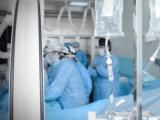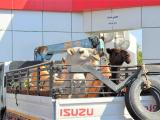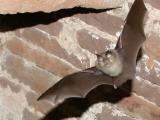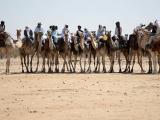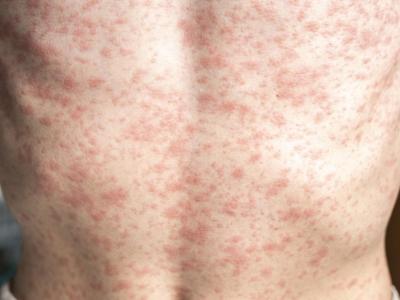Over the weekend and through today, the Ministry of Health (MOH) of Saudi Arabia recorded 10 more MERS-CoV cases, including 7 in an ongoing outbreak in Wadi ad-Dawasir, and the World Health Organization (WHO) shared details about an investigation into 5 recent cases reported from Oman.
Saudi cases in 3 locations
The latest cases from Saudi Arabia were announced in the MOH's epidemiologic week 7 report.
In Wadi ad-Dawasir, two case-patients (a 36-year-old and 44-year-old man) contracted MERS-CoV (Middle East respiratory syndrome coronavirus) after camel exposure. They are both hospitalized for their infections. A 37-year-old woman is described as a primary case, and she is currently in home isolation. The other primary case, a 39-year-old man, is hospitalized for his infection.
Two men who acquired MERS in healthcare settings are also in home isolation in Wadi ad-Dawasir. And a 28-year-old man who is a household contact of a case in Wadi ad-Dawasir is in home isolation.
Two primary cases were also recorded in Riyadh, and one case in Buraidah. That case-patient had camel contact.
The new cases bring Saudi Arabia's MERS-CoV totals since the start of the year to at least 50, with 29 recorded in Wadi ad-Dawasir. The outbreak is likely tied to healthcare transmission.
Late last week, Maria Van Kerkhove, PhD, the technical lead for MERS-CoV at the World Health Organization (WHO), told CIDRAP News the agency is following the Wadi ad-Dawasir outbreak closely.
More details on Oman outbreak
Also today the WHO's Eastern Mediterranean regional office posted a MERS-CoV update for January, noting that during the month 19 laboratory-confirmed cases of MERS were reported globally. Fourteen of the cases were reported from Saudi Arabia, and 5 from Oman. The five Omani cases were the first reported in that country since March 2018.
"The cluster reported from Oman included 5 young females (age range 30 to 59 years old) living in the same region. Of these cases, 4 were secondary cases, identified through contact tracing of the 1st case detected on the 24th of January," the WHO said.
In a separate statement on the Omani cases today, the WHO said all five cases are females from the same family and that four of the five cases appear to be secondary, resulting from human-to-human transmission. Two of the women ages 43 and 30 died from their infections.
The WHO has not yet identified the source of the outbreak in Oman.
"While no direct contact with dromedaries [camels] has been reported by any of the cases, they resided on a farm where dromedaries and other animals were kept," the WHO said.
The WHO said an investigation into exposure to known risk factors for all of the patients is still underway and that Oman's health ministry has established a contact list of healthcare worker and family contacts in North Batinah governorate. As of Feb 4, there are 60 family contacts, 26 of them classified as high risk. There are 119 healthcare worker contacts, and all of the high-risk ones have tested negative on MERS-CoV screening tests.
MERS-CoV doesn't spread easily among humans, except in healthcare settings. However, transmission has been known to occur among close household contacts.
As of Feb 8, the WHO said it has received reports of 2,311 laboratory-confirmed cases of MERS-CoV, including 811 associated deaths since 2012. The majority of these cases were reported from Saudi Arabia.
See also:
Feb 11 MOH report
Feb 8 CIDRAP News story "Saudi Arabia reports more MERS in Wadi ad-Dawasir outbreak"
Feb 11 WHO MERS update
Feb 11 WHO statement on MERS-CoV in Oman


